The Bridge Across Time (Animation)
Watch Rabbi Sacks’ message on Torah, and how it lives in every generation
Share
With audio written and recorded by Rabbi Sacks in 2019, this animated video was created in honour of the fifth yahrzeit of Rabbi Sacks zt”l, furthering this beautiful message on Jewish continuity, Jewish learning, and ‘Torah as Conversation’.
Based on Rabbi Sacks’ reflections from his Introduction to the “I Believe” series of Covenant & Conversation Torah commentaries , this hand-drawn, frame-by-frame animated short film transforms reading into a visual and emotional experience. The animation follows Rabbi Sacks across a paper-like landscape, where flowing streams of text come alive, revealing Torah and Midrash not as words on a page, but as a creative, spiritual journey through time, with our holy texts as both our companions and our driving force.
We never simply 'read' the Bible. We study it, interpret it, we argue with it, question it, debate with it. The verb ‘reading’ does not quite do justice to the way we interact with the Torah.
Even the phrase keriat ha-Torah, which is usually taken to mean 'reading the Torah' probably does not mean that at all. Keriat ha-Torah, properly understood, is a performative act. It is a covenant ratification ceremony, like the one Moshe performed at Sinai. Like the covenant renewal ceremony celebrated by Ezra after the return from Babylon.
Keriah in this sense it does not mean reading. It involves total engagement. And what has made that engagement possible is the rabbinic concept of Midrash - the rabbinic response to the end of prophecy.
So long as there were Prophets, they brought the Word of God to their generation. The Divine Word lived within the currents and tides of history.
But there came a time when there were no more Prophets. How then could Jews bridge the gap between the Word and the historical situation?
It was an immense crisis. The Sadducees confined themselves to the literal text. Other groups developed a kind of biblical exegesis known as pesher - hidden meaning - that often has to do with events or people in the present.
The Rabbis, however, developed the technique of Midrash. So powerful was this form of engagement that the single greatest institution of rabbinic Judaism is named after it: the Beit Midrash - the home of Midrash.
Essentially, Midrash is the bridge across the abyss of time between the world of the original text, and our world in the present, of time and place. Midrash asks not “What did the text mean then?” but rather, “What does the text mean to me, here, now?”
And behind Midrash are three fundamental principles of faith.
First, the Torah is God’s Word, and just as God transcends time so does His Word. It would be absurd to suppose some human being more than three thousand years ago could have foreseen smart phones, social media, and being online, on-call, 24/7. Yet Shabbat speaks precisely to our need for a digital detox once a week. God speaks to us today in the unsuspected inflections of words He spoke thirty-three centuries ago.
Second, the covenant between God and our ancestors at Mount Sinai still holds today. It has survived centuries of dispersion. The Torah is the text of that covenant, and it binds us still.
Third, the principles underlying the Torah have changed very little in the intervening years. The values that underlie the Torah are strikingly relevant to contemporary society, and to our individual lives in the 21st century secular time.
So, we don’t merely read the Torah. We bring to it our time, our lives, we bring to it our most attentive listening, and our deepest existential commitments.
My own beliefs have been formed in that ongoing conversation with the biblical text. This is how I have come to see the world, having listened as attentively as I can to the Torah and its message for me; here, now.
The Torah is not a systematic treatise about beliefs but it is a unique way of seeing the world and responding to it. And in an age of moral darkness, its message still shines. So, at any rate, I believe.
This video has been generously sponsored by Dangoor Education
More Animations

The Everlasting Flame (Yom Ha'atzmaut animation)
Watch Rabbi Sacks’ message on the true courage of Israel
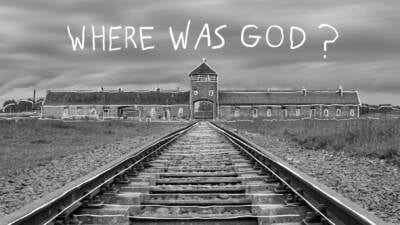
Faith After the Holocaust
Rabbi Sacks responds to the devastation of the Holocaust
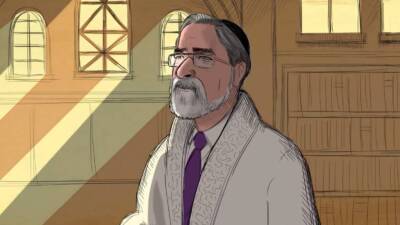
Time (animated video)
Watch Rabbi Sacks’ view on the Jewish way to understand time.
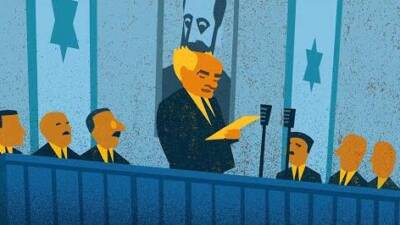
Israel: Home of Hope (animated video)
Rabbi Sacks on the connection between Ezekiel’s Vision of the Valley of Dry Bones and the creation of the modern State of Israel.
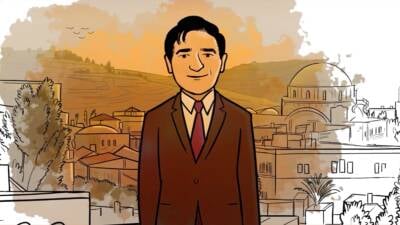
Connecting to God (animated video)
With audio recorded by Rabbi Sacks in 2010, here is a new animated video of the three key ways we can each connect to God.
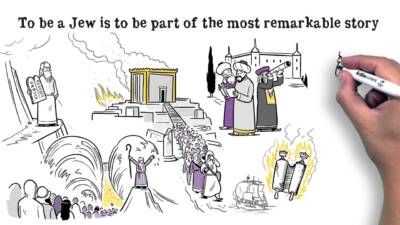
Being Jewish (animated video)
An animation on understanding our identity and our Jewish heritage.

Morality (animated video)
“We need to restore that sense of collective responsibility…”
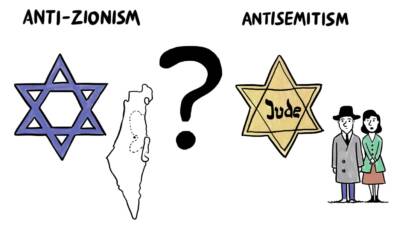
The Connection between Judaism and Israel
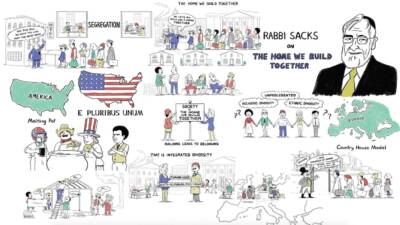
The Home We Build Together (animated video)
How can we create a healthy, sustainable society? Does building lead to belonging?

Rabbi Sacks on 'The Great Partnership'
Do Religion and Science Always Contradict Each Other?
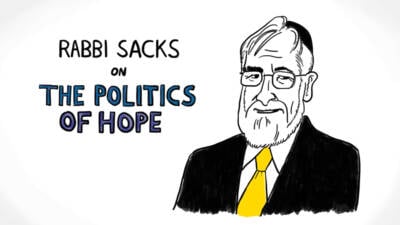
Rabbi Sacks on 'The Politics of Hope'
Can we create a new kind of politics?
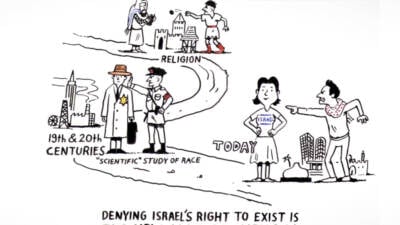
The Mutation of Antisemitism
What is antisemitism, and how has it changed over the centuries?
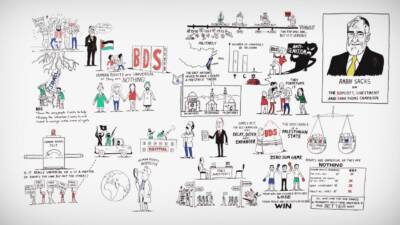
On the Boycott, Divestment and Sanctions (BDS) campaign
Why is it important to understand and oppose the BDS campaign?
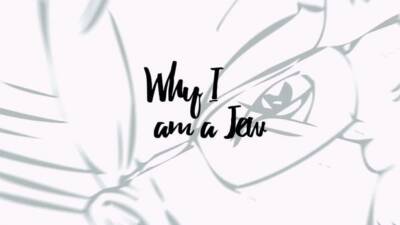
Why I am a Jew
An animated video on Jewish identity and finding your Jewish purpose
